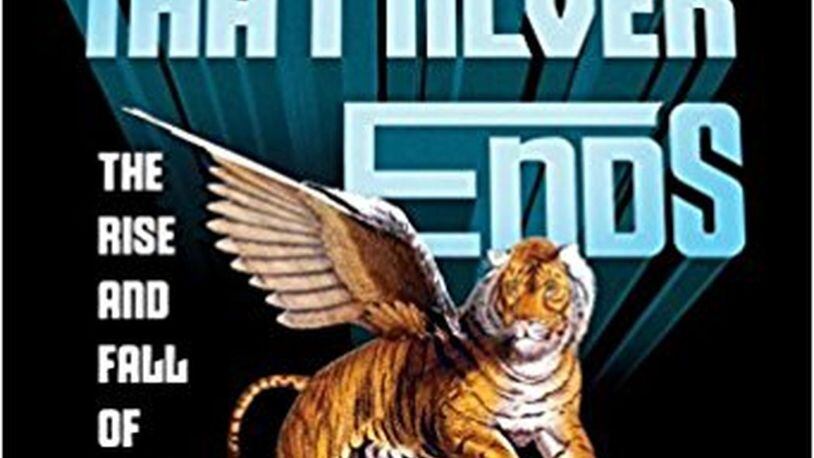Decades later I found myself scanning eBay for vinyl copies of some of the records these groups had produced in their heyday. I kept finding that their albums were being categorized as “Prog,” an abbreviated term for progressive rock.
RELATED: The day they tried to kill Bob Marley
Back in the day I could not have imagined that my favored musicians would ever be gathered together into their own unique subset. When I began perusing “The Show That Never Ends — the Rise and Fall of Prog Rock” by David Weigel, I was filled with an exuberant nostalgia as I rediscovered some musical heroes of my youth.
This style enjoyed a brief time in the favor of fickle music fans. Many of the groups formed in the late 1960s. The author writes: "As the reader will discover — or already knows — 'prog's' reputation has never quite recovered from a series of crises in 1977 and 1978. Punk won over the critics, disco won over the teens, and the major progressive bands deflated like punctured blimps."
RELATED: Daytonian pens novel about pitfalls of celebrity
During the mid-60s, some groups began playing what became known as “psychedelia,” a musical form inspired in large part by the illicit drug culture that flourished at that time. Prog was in some ways an outgrowth of that musical experimentation.
Bands were incorporating elements of jazz, folk, classical and ethnic sounds into their compositions. "The Show that Never Ends" delves into piles of details on how particular songs were written. We learn that the original idea for the hit record "A Whiter Shade of Pale" by Procol Harum began at a party.
I am not a musician, so I was baffled by obscure composition factoids that shot straight over my head: the author described how the hook in that song, “a rising C-Em-Am-G figure, was copped from Bach’s ‘Air on a G String’” and writes how in another song “the guitars are like playing in 5 over it, and the drums are like in 15….”
RELATED: “M Train” a shining jewel of a memoir
But we find out how bands first got together, how their music changed over time, and the interpersonal dynamics that led to shifts in line-ups. For example the late Greg Lake, the original King Crimson vocalist, went on to become front man for the super-group Emerson, Lake and Palmer.
It was astonishing to observe how quickly it all came apart. After Peter Gabriel left Genesis the band transformed itself into commercial hit-makers. The early albums by Yes were prog masterpieces. Their later albums sound like a completely different band.
My only quibble, if I have one, with this book is the absence of personal information about some of the best-known artists. We find out a lot about the late Keith Emerson, ELP’s keyboard wizard, but there’s very little in here about flaming geniuses like Peter Gabriel. Despite these shortcomings, his tribute really does rock.
Vick Mickunas of Yellow Springs interviews authors every Saturday at 7 a.m. and on Sundays at 10:30 a.m. on WYSO-FM (91.3). For more information, visit www.wyso.org/programs/book-nook. Contact him at vick@vickmickunas.
About the Author
